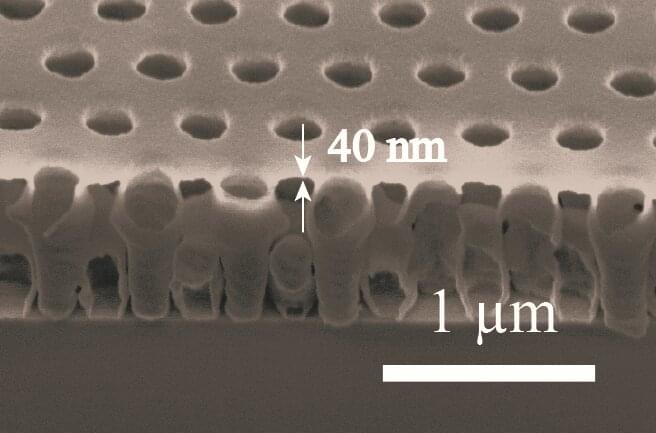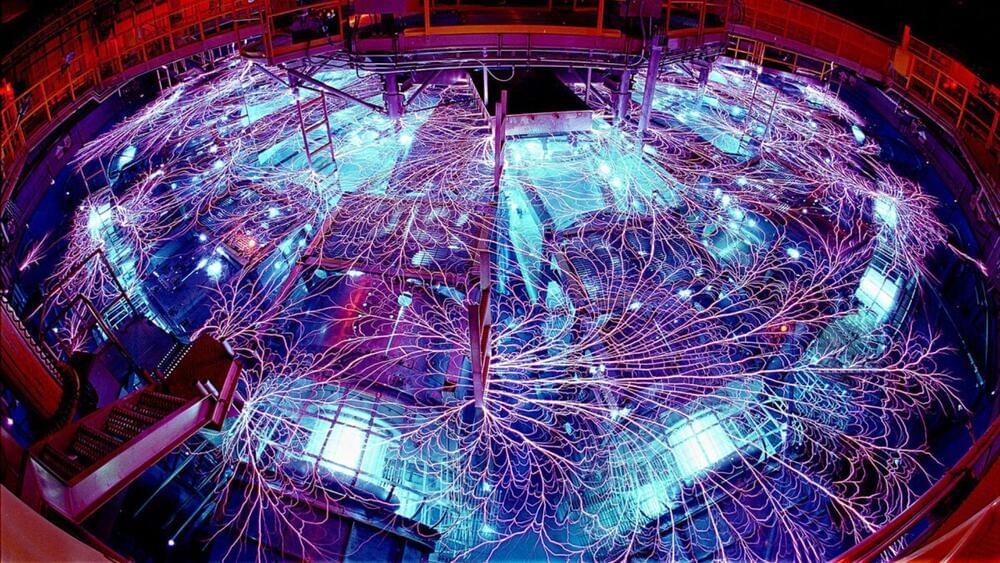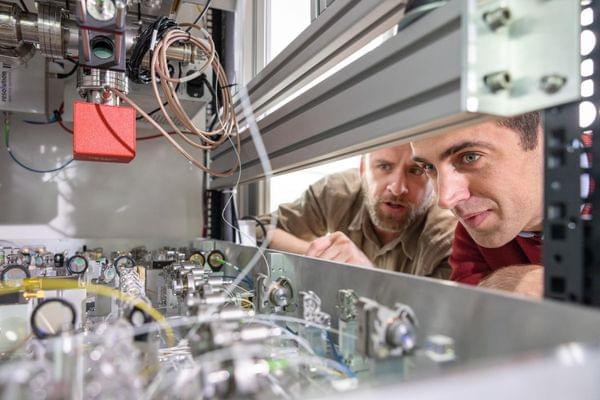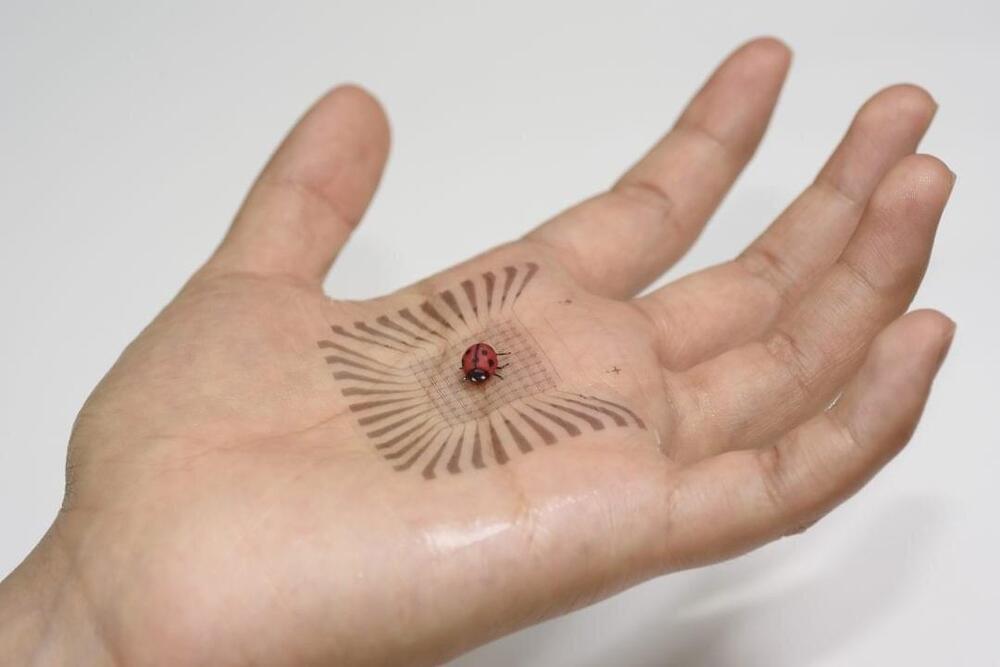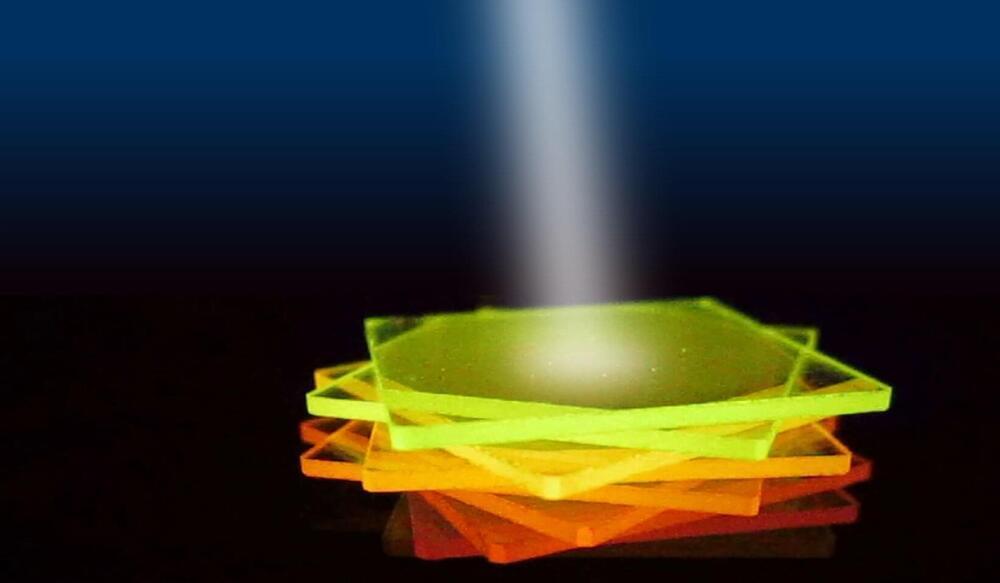Researchers from The University of Texas at Austin and North Carolina State University have discovered, for the first time, a unique property in complex nanostructures that has thus far only been found in simple nanostructures. Additionally, they have unraveled the internal mechanics of the materials that makes this property possible.
In a new paper published this week in the Proceedings of the National Academy of Sciences, the researchers found these properties in oxide-based “nanolattices,” which are tiny, hollow materials, similar in structure to things like sea sponges.
“This has been seen before in simple nanostructures, like a nanowire, which is about 1,000 times thinner than a hair,” said Yong Zhu, a professor in the Department of Mechanical and Aerospace Engineering at NC State, and one of the lead authors on the paper. “But this is the first time we’ve seen it in a 3D nanostructure.”
